Creative Panacea
A Curatorial Statement on the Recovery Exhibition
Written by Justin Morrissey
Recovery, an eco-art project instigated by the Blue Mountains World Heritage Institute, has brought our artistic and scientific community closer together.
The artists in this online exhibition have drawn inspiration from the citizen scientists who undertake ecological monitoring across the Blue Mountains, collecting data and gathering crucial observations of our rich flora and fauna.
Throughout this creative journey, in face to face and online creative web entanglements, we have become accustomed to each others practice and engaged in rich and meaningful dialogue about how an artwork, or series of artworks and collaborations might inspire our community to tackle the next fire event or indeed any climate related event in the future.
What we know is that the work being undertaken by the citizen scientists on a regular basis is vital to our understanding of our ecosystems and that this project honours that work.
The way we came to understand and connect with each other throughout this project not only informed the development of these new artworks, but created new ideas and new languages for expression. We inspired each other and in turn our own creative practice was enriched and strengthened.
Ian Brown and Wyn Jones set the tone, and give all of us something to aspire to. Their photographic work and documentation of the fire and the recovery is awe-inspiring and future generations will surely look to these historical images in their reflective research of Climate Change.
We have all been deeply touched by Caroline Giniunas’ hyper realistic Stump Sculpture; moved to tears by the many poems that distinctively summarise our experiences of the horrendous fires of late 2019/20.
Another participating artist in the ‘Recovery’ project, Brooklyn Sulaemon, writes:
I cried on blackened earth
Green lush trees towered
Now spent match sticks
dot empty lands.
Fiona Vaughan’s and Kate Reid’s collaborative video artwork offers a whispering invitation to ‘rise out of ash-fed earth’. This video draws on the incredible poem Rise by Fiona Vaughan, written during an inspirational writing workshop delivered by Miles Merrill as part of this Recovery project. The work takes us out into the recovering fire fields, as experienced by Fiona. We hear her words and we are inclined to think about the recovery happening in nature all of the time.
Chia Moan and Jane Ulman’s sound and video explorations draw on the knowledge and wisdom of scientists hard at work throughout the year, passionate about our environment and working relentlessly to ensure our World Heritage Area is protected and cared for.
Freedom Wilson’s Recovery Print Collaborations, as elegantly documented by Ona Janzen, link the art making process directly with nature, in the very means and methods of drawing on sunlight to imprint these images to paper. Her efforts in preparing the materials and during a lockdown, managing to distribute these to the artists participating in this project and her clear determination and dedication to the environmental awareness that no doubt this project will garner from our community should be highly commended.
So too, anyone wanting to witness first hand the effect of Climate Change on the land directly after fire could turn to the video artwork, The Song Historians by Penelope Cain. Juxtaposing the liveliness and superbly entertaining lyrebird dance and call with the devastated black burnt aerial images of the plateau torched beyond recognition. We lament at how little we seem to know about the fire's impact on our most beloved wild narrators.
Every artist in this exhibition has had to step out of their comfort zone, dance around ever changing dates and times, and none so more adaptable than Cheryle Yin Lo, whose video work if trees could talk took her from the field collecting leaves and bark to a studio green screen and editing suite, contemplating new ways for her to communicate her text works into performance and mixed media video.
Tamara’s photographic contributions from the field show her attention to detail and pure love of the environment in which she works and conducts her Citizen Science.
To the project team, Kate Reid, Paul Brown, Sarah Terkes and a special mention to Sue for her formative planning with us, it’s been a pleasure to work with you and watch this project flourish in the many ways that it has.
To all of the artists, thank-you for taking this journey with us, for all of your incredible hard work, it has not been an easy year for many of us, so relish in your creative productions, newfound friends, and achievements within this exhibition.
Share the website far and wide to friends and family, be proud of what you have achieved.
Justin Morrissey
Curator and Creative Producer
2021 Recovery Exhibition
